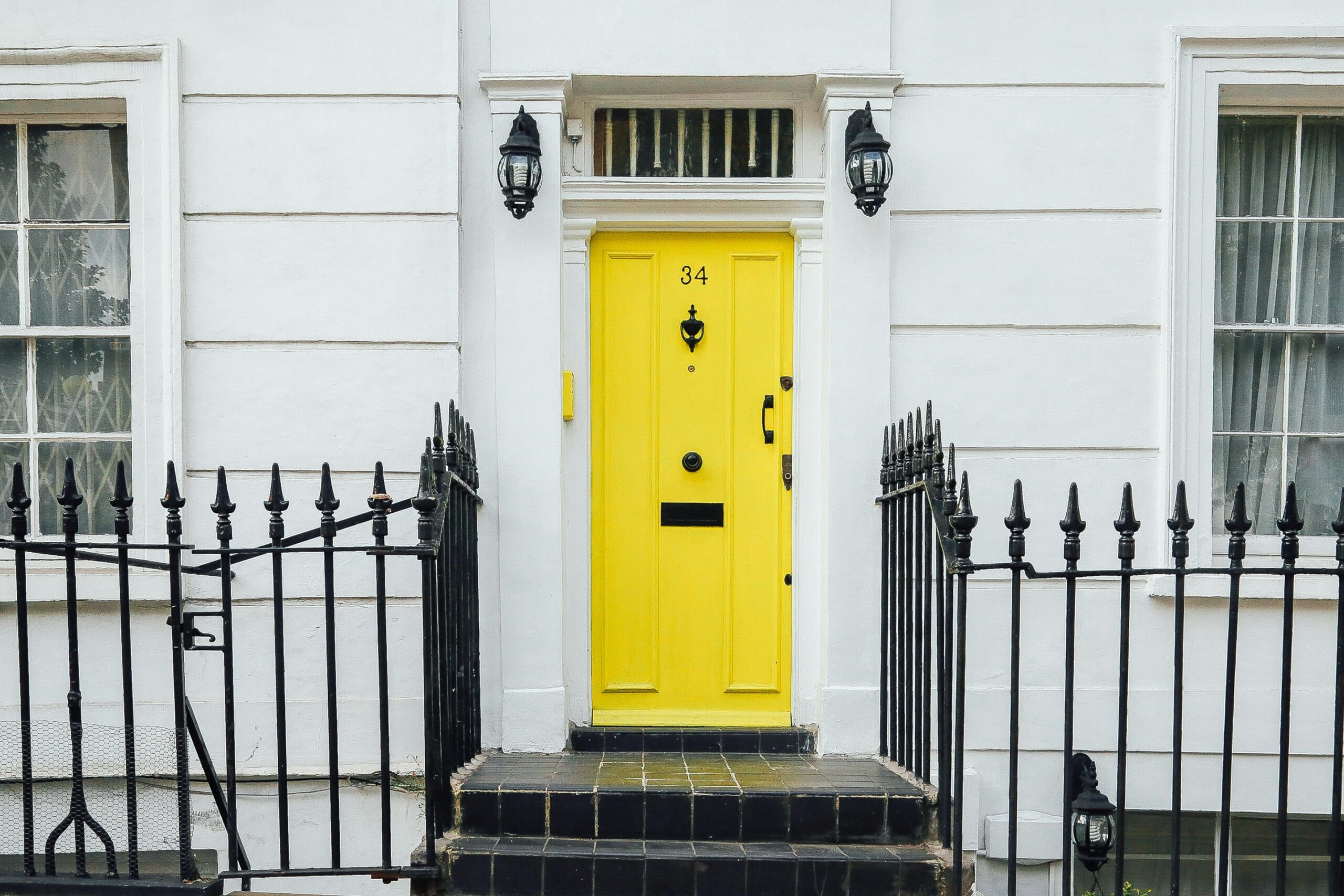
Purchasing property in London can be an exciting yet daunting experience, especially given the city’s diverse range of architectural styles and property ages. Whether you’re eyeing a modern apartment in Canary Wharf or a historic townhouse in Kensington, ensuring the structural integrity of your new home is paramount. Structural damage can lead to costly repairs and potentially compromise the safety and value of the property. Here’s how to determine if your prospective London property has structural damage, and when to call in a professional surveyor.
Common Structural Issues In London Properties
Every location in the UK has its unique challenges and London is no exception. This bustling, vibrant city is chock full of properties both modern and historic, grade-listed buildings, new-builds, unique builds and more. For this reason, there is a truly vast potential for issues within these properties and each is different. Modern buildings might suffer from issues related to quick construction or build material quality, while older and historic buildings may be suffering the wear and tear expected from a city that has grown and changed substantially over the years. If you’re looking to buy or sell a property in London, there are some commonly reported structural issues to be aware of. These include:
- Cracks
- Dampness and Mould
- Structural Movement
- Roofing Problems (including flat roofs)
- Asbestos
- Drainage Problems
- Uneven flooring
Common Signs of Structural Damage
Structural damage in any property can be a cause for alarm for new or existing owners and knowing what to look for and what they can mean can help you know how to act. When opting for a RICS survey with one of our team, we will always look for the common and uncommon signs of potential structural issues. These can include:
1. Cracks in Walls and Ceilings
While hairline cracks are often a result of settling and are typically harmless, larger cracks can be a red flag. Look out for:
- Horizontal Cracks: These could indicate serious structural issues, especially if they are wide and run along the walls or ceilings.
- Stair-step Cracks: Common in brickwork, these cracks can suggest foundation problems.
- Vertical Cracks: Often found in both walls and ceilings, vertical cracks that are wider at the top or bottom may signify subsidence.
2. Doors and Windows That Stick
If doors and windows don’t open or close properly, it might not just be due to a poor fit. This could indicate that the building is shifting, affecting the frames and causing them to misalign.
3. Sloping Floors
While some older London properties may have slight unevenness, significant slopes or sagging can indicate foundational issues or joist problems. Use a marble or a ball to see if it rolls on its own across the floor.
4. Damp and Mould
Persistent damp spots, water stains, or mould growth can point to underlying issues such as plumbing leaks, inadequate ventilation, or rising damp. Check around windows, in basements, and near the roofline.
5. Bowing/Bulging Walls
Walls that appear to be leaning or bulging can be a serious concern, potentially indicating issues with the structural support of the property. This is especially critical in older buildings that may have settled unevenly over time.
When to Call in a Professional
While a basic inspection can help identify obvious signs of structural damage, a detailed assessment by a qualified surveyor is crucial for a comprehensive evaluation. The Royal Institution of Chartered Surveyors (RICS) recommends getting a full structural survey, especially for older properties or those with visible signs of wear. Our team are RICS certified and able to offer Level 1, Level 2 and Level 3 surveys.
Benefits of a Professional Survey
- Expert Insight: Surveyors have the expertise to identify subtle signs of structural damage that an untrained eye might miss.
- Detailed Report: A thorough survey provides a detailed report on the condition of the property, highlighting any structural issues and potential repairs.
- Negotiating Tool: If structural problems are found, you can use the survey report to negotiate the price or request repairs before finalising the purchase.
Buying property in London is a significant investment, and ensuring its structural integrity is essential to protect your investment. By being vigilant for common signs of structural damage and enlisting the help of a professional surveyor, you can make an informed decision and secure a safe, sound, and valuable property. Always remember, peace of mind and a secure foundation are worth the extra effort.
To book your home survey in London, we are on hand to help. Simply get in touch with our team to book your appointment, today.
